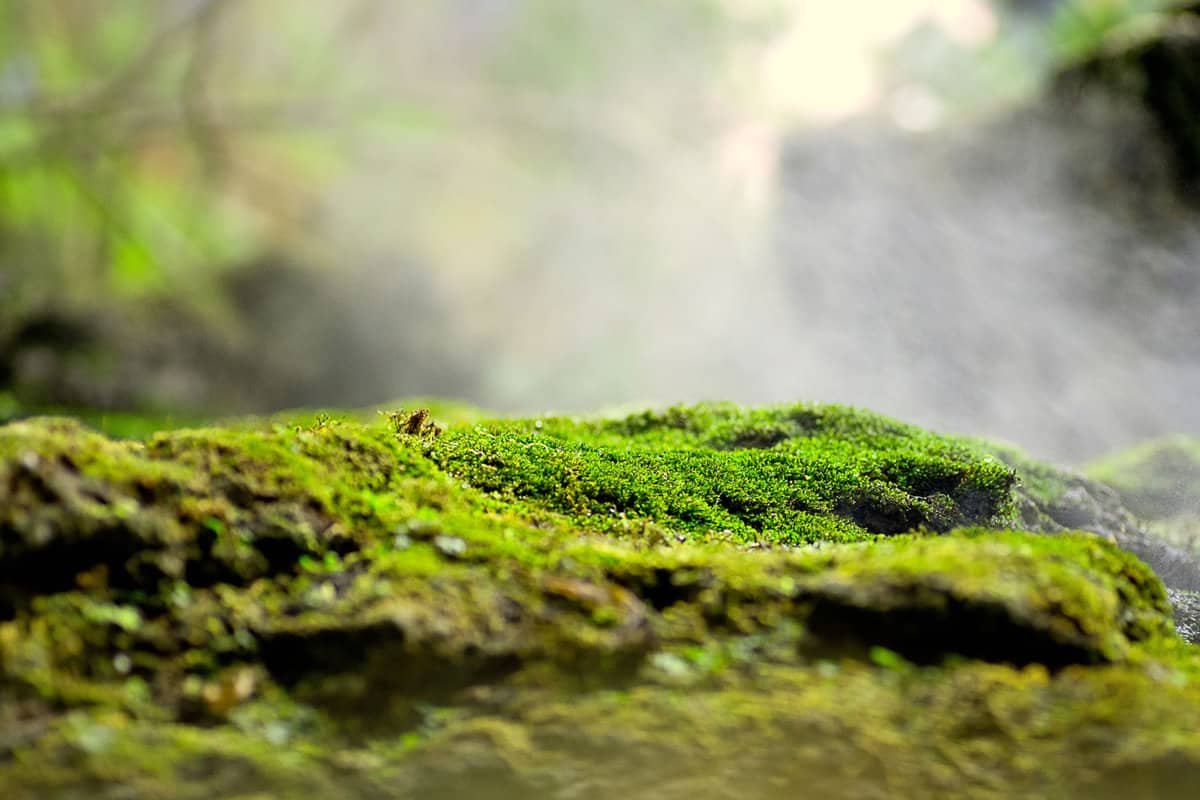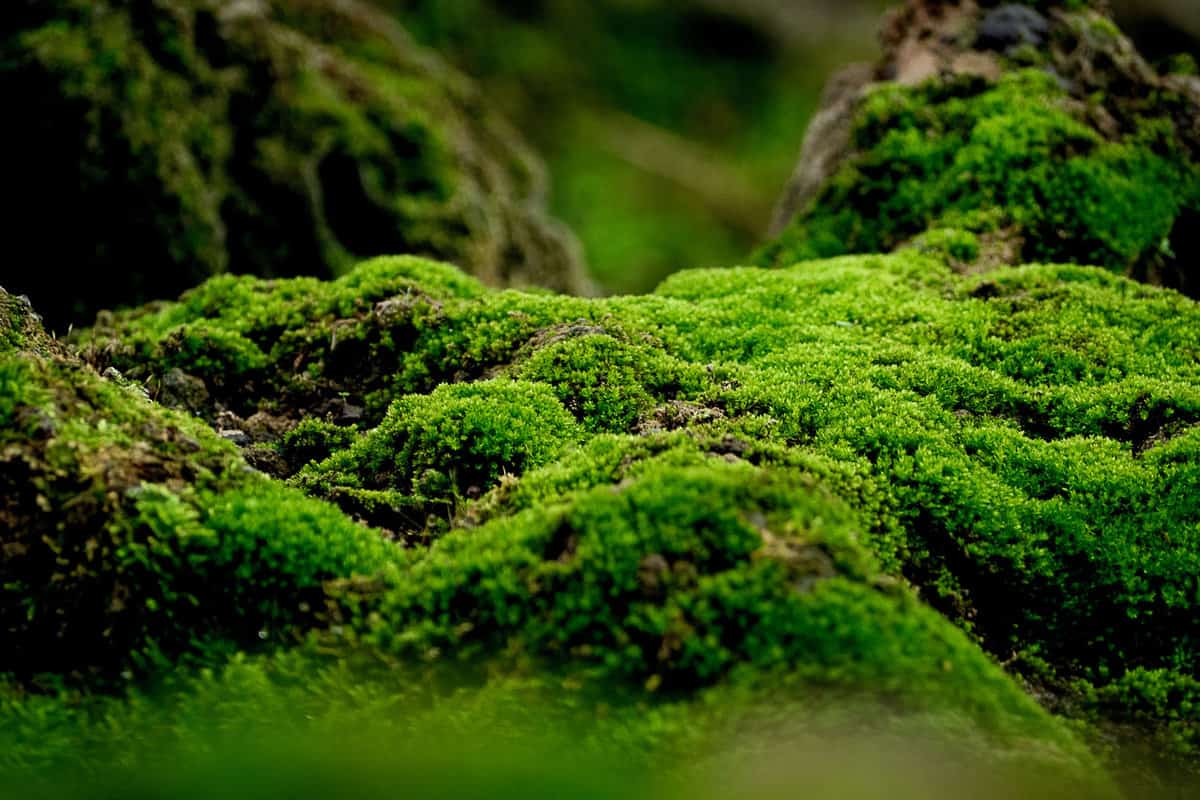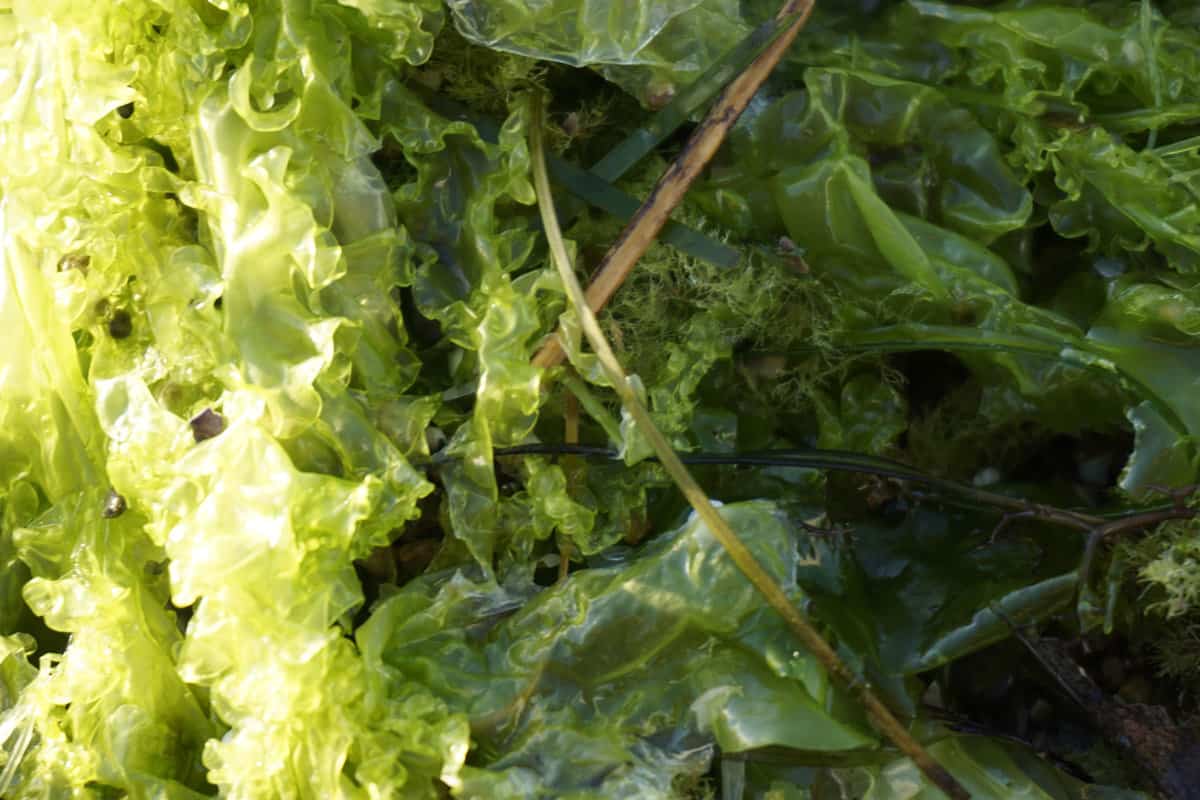Do you wish to cultivate lush, gorgeous moss on stones and rocks? You’re in luck. It’s a simple DIY task that you can carry out yourself with very little ingredients.
To grow moss on stone, follow these simple steps:
- Mix chopped moss into plain yogurt.
- Spread on the stone where you want the moss to grow.
- Place in a shady location.
- Spritz with water frequently to keep the moss moist.
Moss is a small green plant that doesn’t produce any blossoms and doesn’t contain any true roots. It thrives in moist habitats and reproduces through the spores that are released by the stalked capsules when its top is falling off. The conditions for moss growth depend on the type of moss you choose to create your own miniature moss garden on stones. Learn which moss type is most suitable for this purpose and the conditions it requires to thrive.

Conditions for Moss Growth
Mosses thrive in soil that is acidic with a pH of 5 to 6. They like dampness and lots of shade. Partial to complete shade is vital for them. The reason that they don’t grow well in the sun is that they don’t consist of real roots; instead, they have small filaments that absorb nutritional substances. These filaments dry out faster than ground roots and hence, need all the moisture they can get. If you want to grow mosses where there is an abundance of sunlight then you can order mosses that thrive under the sun from specialty nurseries.

Mosses also need a surrounding that doesn’t consist of any extra weeds, foliage, dirt or debris. They need a root-free area to establish to their full potential.
Click here to buy soil pH meter on Amazon.
Growing Moss on Stones
Moss growth on stones, between flagstones and bricks, and on rocks can’t be accomplished simply by lifting the moss and placing it on your desired stone. First, you need to select an area that is shady and moist.
Maybe you'll find these hair cap moss interesting!
Things You’ll Need
- Two cups of plain yogurt or buttermilk
- One to two cups of chopped moss (You can use either fresh or dried moss)
Method

Simply mix the ingredients into a thick, creamy mixture. Make sure that it has a perfect consistency. If the blend is too thick, add a little water to make it spreadable. If it’s too runny, add more moss.
Now spread the mixture onto your selected stone the way you would apply paint. You can also let the blend sit for one or two days before starting with the application.
If you want to grow moss on several stones then gather your stones together and provide underlying layers of soil in between them to promote moss growth.
Moss needs moisture to thrive therefore it is good practice to spray your stones with water. It is possible that mold forms at first but in about a month and a half, you should start seeing signs of moss.
Click here to buy preserved sheet moss on Amazon.
Click here to buy buttermilk powder on Amazon.
Moss Suitable to Be Grown on Stones
There are two types of mosses; acrocarpous and pleurocarpous. Acrocarps do not contain branches, are upright and form a colony that is heaped up in a round pile. Pleurocarps contain free branches that spread out in a chaotic manner. The growth of pleurocarps is known to be faster than that of acrocarps. Pleurocarps attach to stones easily and their growth rate makes them a better choice for colonization. Their maintenance is also relatively easier.
Pleurocarps can tolerate moist conditions whereas acrocarps need to remain dry to prevent themselves from rotting. As pleurocarps can thrive all year round through watering and with ideal conditions they grow twice in size in half a year, therefore, they are believed to be the most suitable mosses to be grown on stones.
Watering Pleurocarpous Mosses

You can water these mosses daily up to six times a day. Make sure you water them in small volumes. Watering in large quantities can create extremely mushy conditions that may cause other plants to rot. When temperatures change, moisture can cause molds, mildews, and fungus to appear. So be careful to spritz your mosses with water instead of completely soaking them in it. Once your pleeucarps are lush and grown thick, you can reduce the watering. Allow rain to fulfill their water needs.
Growth Rate of Mosses

While growing moss on stone, it is essential to remember that patience is the key. Their growth is known to be extremely slow. They are primeval plants and do not have a highly developed vascular system. If they are provided with the right amount of moisture, sunlight and temperatures then the energy needed for their growth is produced through photosynthesis. That energy is consumed right away and cannot be stored for later usage.
Here are a few other things you should know about moss before growing them on stones:
- Poor, acidic soil is great for moss to thrive. As there’s very little competition there, it works great for mosses.
- Although very few species of mosses can tolerate sunlight, they are found in all types of climates and places with varying temperatures.
- Most varieties of mosses are immune to moderate foot traffic. As their vascular system is not highly developed, they don’t need prevention from being compressed. While moderate barefoot-traffic is greatly tolerated, getting run over or being shuffled isn’t.
- Moss doesn’t feed on living organisms. Although it may progressively worsen the condition of some of the non-living materials it attaches to.
- Healthy moss and mold don’t go side by side. Excessive mold can damage moss like it would damage any other thing it attacks.
- Moss locks the moisture in your garden making it beneficial incorporation.
- Ticks, fleas, and mosquitoes don’t get attracted to moss. Ticks prefer tall, erect plants. Fleas simply don’t reside in them and mosses are too short and moist to provide mosquitoes with the shelter they need from sunlight and breeze.
Use the type of moss best suitable to be grown on stones. Provide them with the necessary maintenance and see them flourish!
Wondering how to remove moss? These moss removal tips will surely help you!





the photo on the entitled- “how to grow moss on stone” is not even moss, it is showing lichens
Ew lichens
Hey they changed the photo to moss, not lichens Chris?
So, um, do y’all not have squirrels where you live? Because, uh, I tried this on a section of my wall. I have now had to rebuild that section three times because the squirrels keep smelling and trying to get at the yogurt. Which, also, yeah, it stinks.
Interesting article on growing mosss on stone. If you can create video tutorial on it, that would be much better.